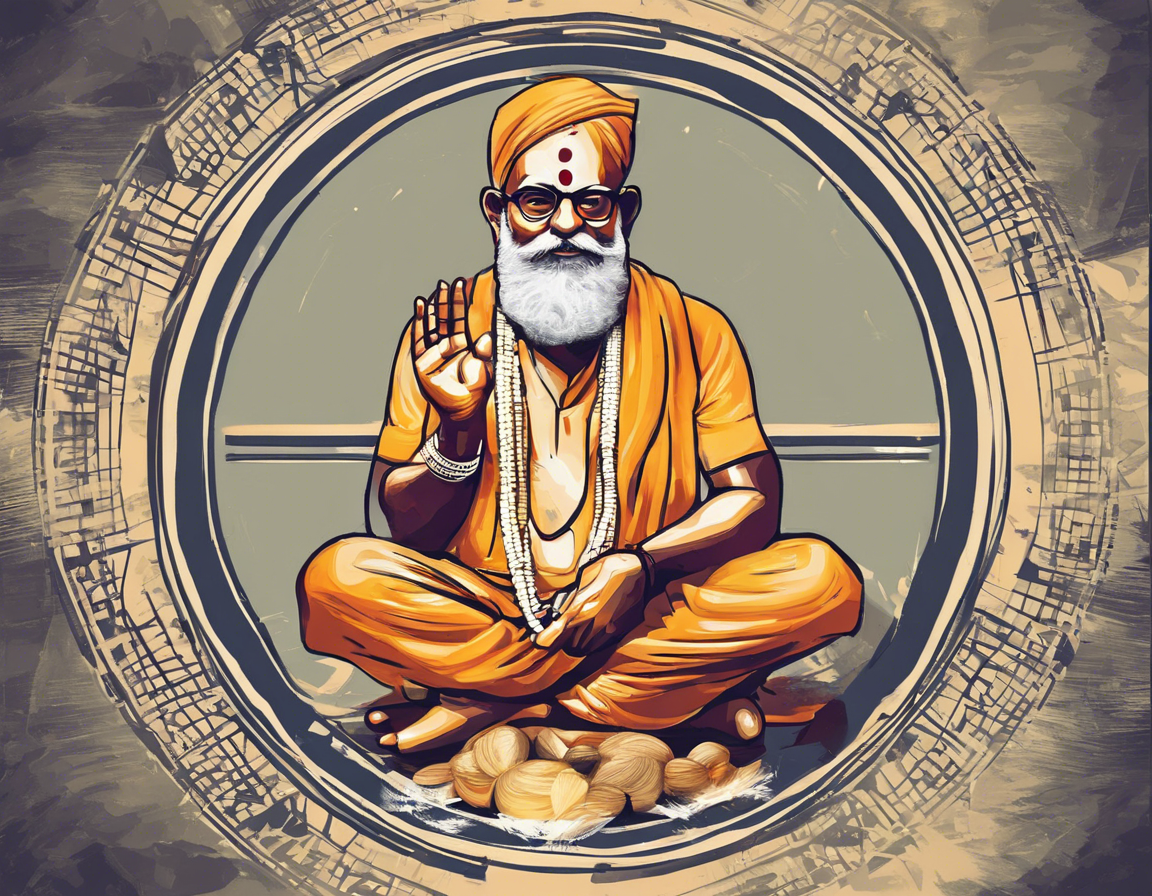On August 8, 1942, the Indian National Congress, under the leadership of Mahatma Gandhi, launched the “Quit India Movement” or “Bharat Chhodo Andolan”. This movement was a pivotal moment in India’s struggle for independence from British colonial rule. It aimed at demanding an immediate end to British rule in India, as well as the establishment of a sovereign, independent nation.
Context and Background
The Quit India Movement came at a crucial juncture in India’s history, during World War II. The failure of the Cripps Mission in 1942, which did not meet Indian aspirations for self-government, and increasing discontent with British policies, fueled the momentum for the movement. Additionally, the British government’s decision to involve India in the war efforts without offering any significant political concessions sparked widespread resentment among Indians.
Objectives of the Movement
- Immediate Independence: The primary objective of the Quit India Movement was to attain complete independence from British colonial rule.
- Civil Disobedience: The movement called for civil disobedience and non-violent resistance as a means to achieve its goal.
- Mass Participation: It aimed at mobilizing the masses, including students, peasants, and workers, in the struggle for freedom.
- Creation of Parallel Government: The movement sought to establish parallel governing structures to assert Indian sovereignty and challenge British authority.
Key Events and Phases
- Gandhi’s Call for “Do or Die”: In his famous “Do or Die” speech on August 8, 1942, Mahatma Gandhi urged Indians to non-violently resist British rule and be willing to face any consequences.
- Mass Protests and Strikes: The movement witnessed massive protests, strikes, and demonstrations across the country, with people coming together to demand freedom.
- Suppression and Repression: The British authorities responded with harsh repression, arresting thousands of nationalist leaders and activists, and imposing censorship.
- Formation of Underground Movements: Despite the crackdown, underground networks emerged to continue the struggle for independence.
- Women’s Participation: Women played a significant role in the movement, demonstrating their active involvement in the fight for freedom.
Impact and Legacy
- International Attention: The Quit India Movement garnered international attention and support for India’s independence struggle.
- Inspiration for Future Movements: The movement inspired future generations of Indian freedom fighters and activists in their quest for independence.
- Weakening of British Rule: The widespread civil disobedience and protests during the movement weakened British authority in India.
- Path to Independence: While the immediate objectives of the movement were not achieved, it marked a significant step towards India’s eventual independence in 1947.
- Symbol of National Unity: The Quit India Movement remains a symbol of national unity and Indian resolve in the face of colonial oppression.
Frequently Asked Questions (FAQs)
1. What were the main reasons behind the launch of the Quit India Movement?
– The failure of the Cripps Mission, lack of significant political concessions, and discontent with British policies during World War II were key reasons for launching the movement.
2. How did Mahatma Gandhi’s “Do or Die” speech impact the Quit India Movement?
– Gandhi’s call for “Do or Die” energized the movement and motivated people to non-violently resist British rule, leading to widespread civil disobedience.
3. How did the British authorities respond to the Quit India Movement?
– The British government responded with harsh repression, arresting thousands of nationalist leaders, imposing censorship, and attempting to suppress the movement.
4. What role did women play in the Quit India Movement?
– Women actively participated in the movement, engaging in protests, strikes, and underground activities, showcasing their crucial role in the struggle for independence.
5. How did the Quit India Movement contribute to India’s path to independence?
– While the immediate goals of the movement were not met, it significantly weakened British authority in India and paved the way for India’s eventual independence in 1947.
In conclusion, the Quit India Movement, or Bharat Chhodo Andolan, stands as a landmark chapter in India’s independence struggle. Through its call for immediate independence, civil disobedience, and mass participation, the movement left a lasting legacy of resistance, unity, and determination in the fight against colonial rule.

